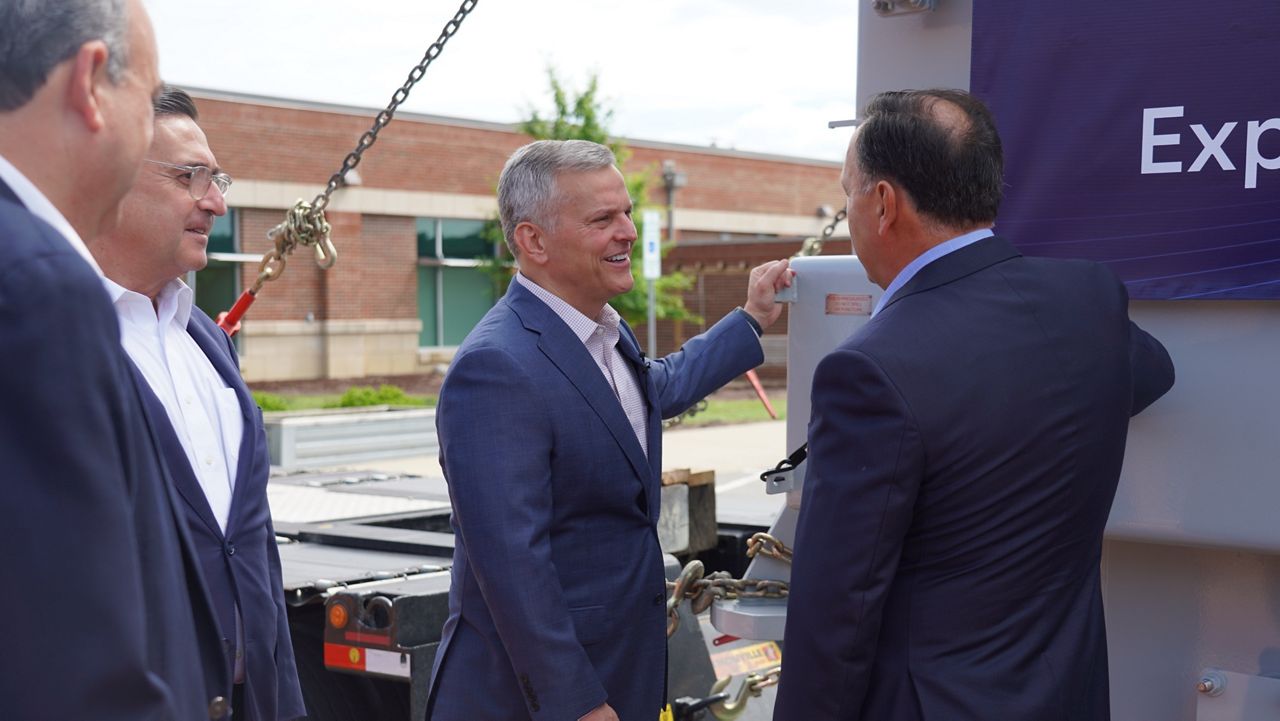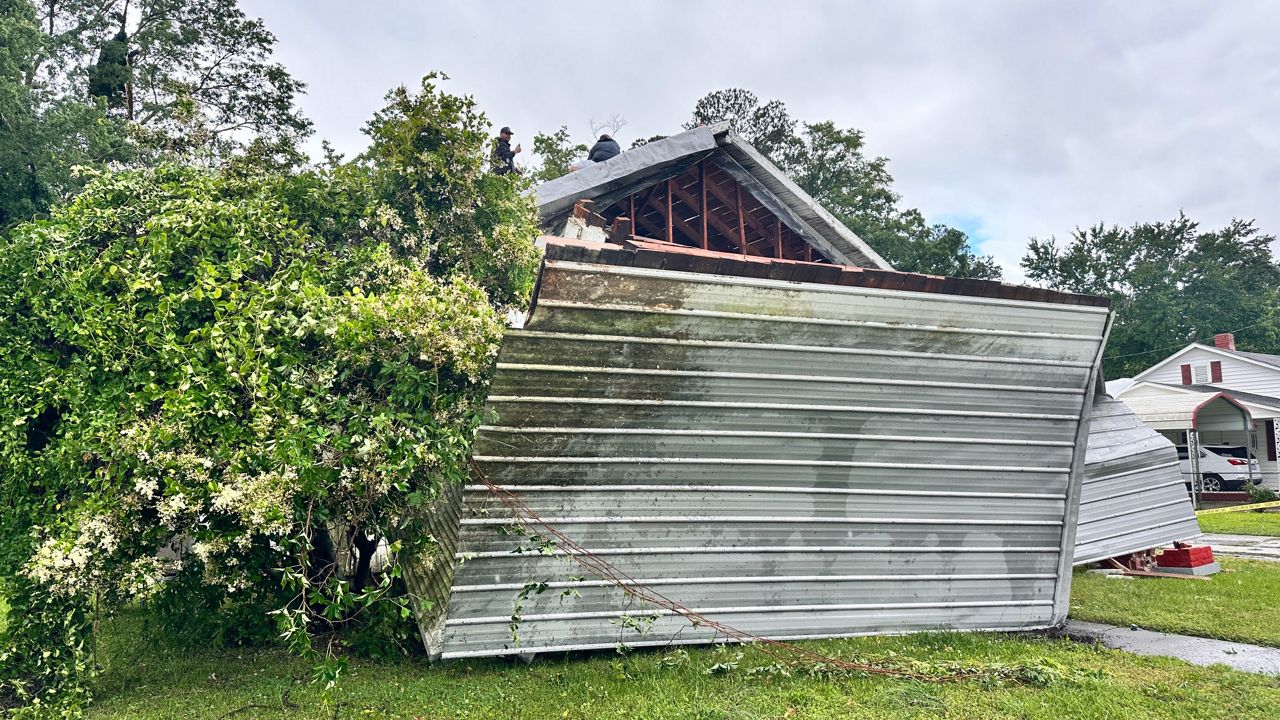CHARLOTTE, N.C. — A recent report finds a third of North Carolina’s major locally and state-maintained roads are in poor or mediocre conditions.
The report from the National Transportation Research Nonprofit (TRIP) estimates these conditions paired with traffic congestion are increasing costs for drivers and time spent on the road.
Giovy Buyers, the owner of Southern Blossom Florist in Charlotte, spends a lot of time on the road either buying flowers, running errands or delivering arrangements when needed.
“The [roads] could be in better conditions,” Buyers said.
However, Buyers is surprised the report states 33% of the roads in the state are in bad shape.
"It’s really, really high. They are becoming more difficult to drive,” Buyers said.
TRIP’s report estimates Charlotte and Wilmington rank the highest in the percentage of roads in poor or mediocre conditions.
Buyers said in her business employees delivering flowers have to avoid potholes, but it’s not easy.
“It hurts the flowers that we carry. We have water spillage. We had to put the cars to get an alignment, because sometimes that hurts the vehicle,” Buyers said. “It hurts the flowers that we carry. We have water spillage. We had to put the cars to get an alignment, because sometimes that hurts the vehicle,” Buyers said.
The report estimates North Carolina drivers spend on average $484 a year on repairs and fuel consumption due to potholes, rutting or rough surfaces.
In addition, it mentions drivers lose 26 and 47 hours per year due to traffic congestion. Charlotte has the highest number at 47 hours.
“During rush hour, it will take me an hour to get to my destination,” Buyers said.
In response to the report, an NCDOT spokeswoman sent us a statement: "While NCDOT does not typically comment on reports prepared outside of the department, we appreciate any discussions on ways to fund the future of transportation in North Carolina. NCDOT will continue to work with our partners to deliver safe and reliable transportation options for all who travel in our state.”
During fiscal year 2023, NCDOT is using 51.8% of its budget in construction and 27.1% in maintenance.
Buyers said fewer delays and better roads are better for business.
As far as bridges, the report estimates 7% of bridges in North Carolina are rated poor or structurally deficient.
Last year, lawmakers turned to the sales tax for the first time ever to increase road funding, which amounted to $193 million.










